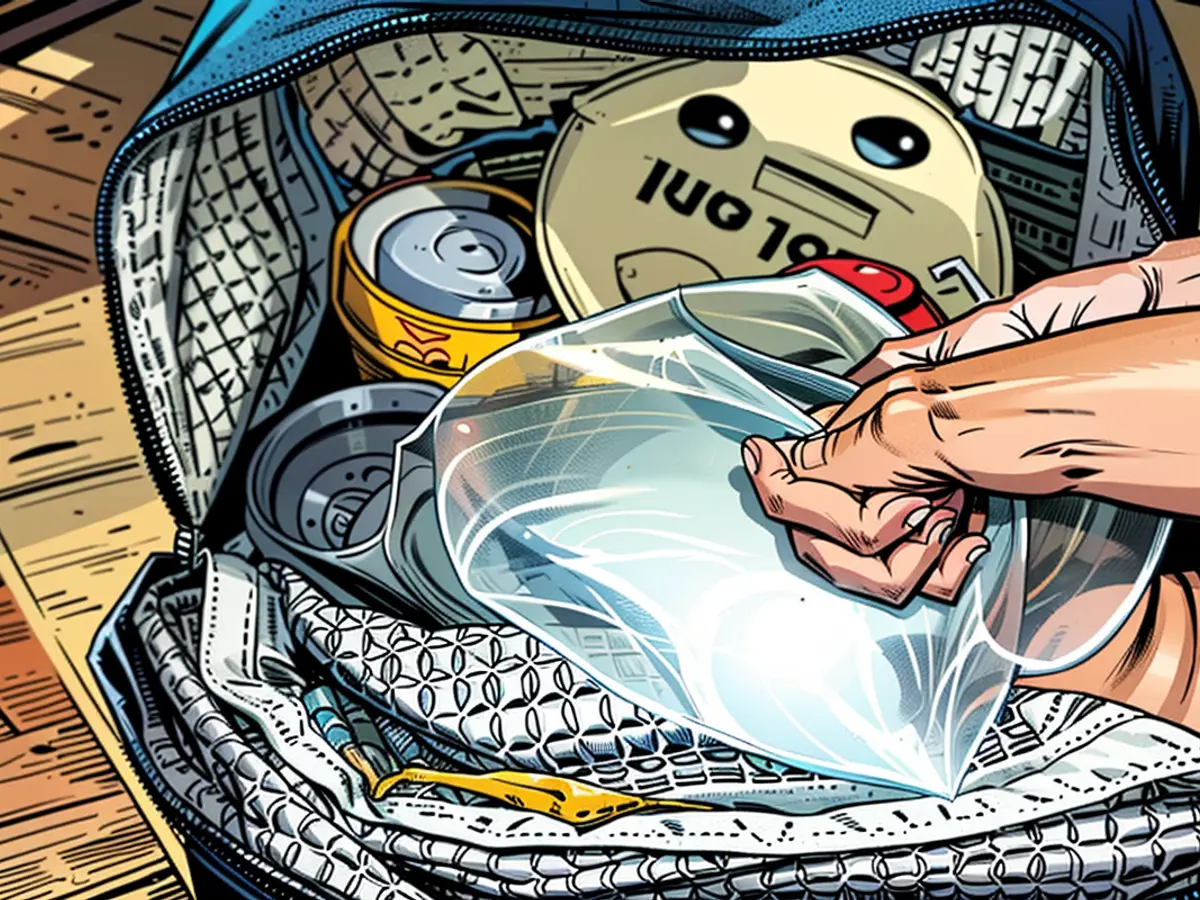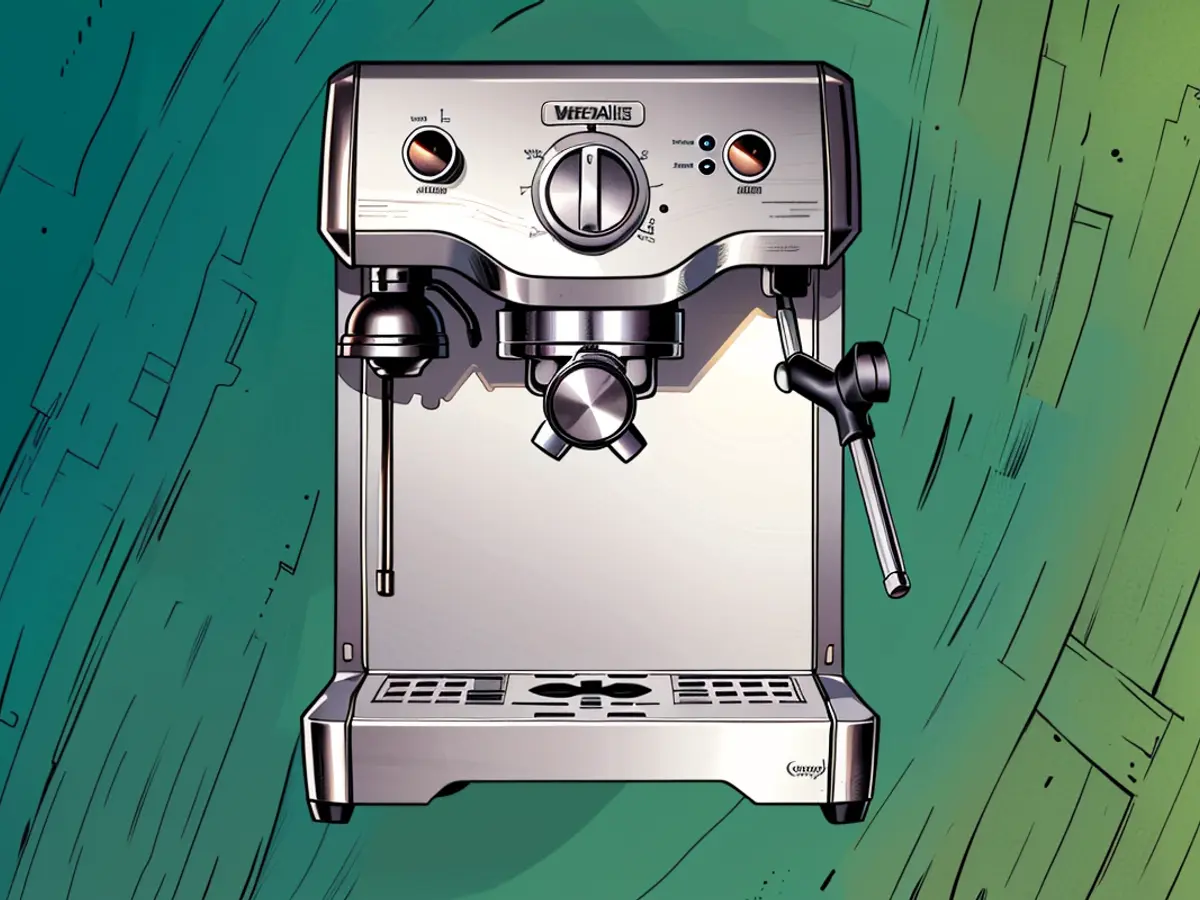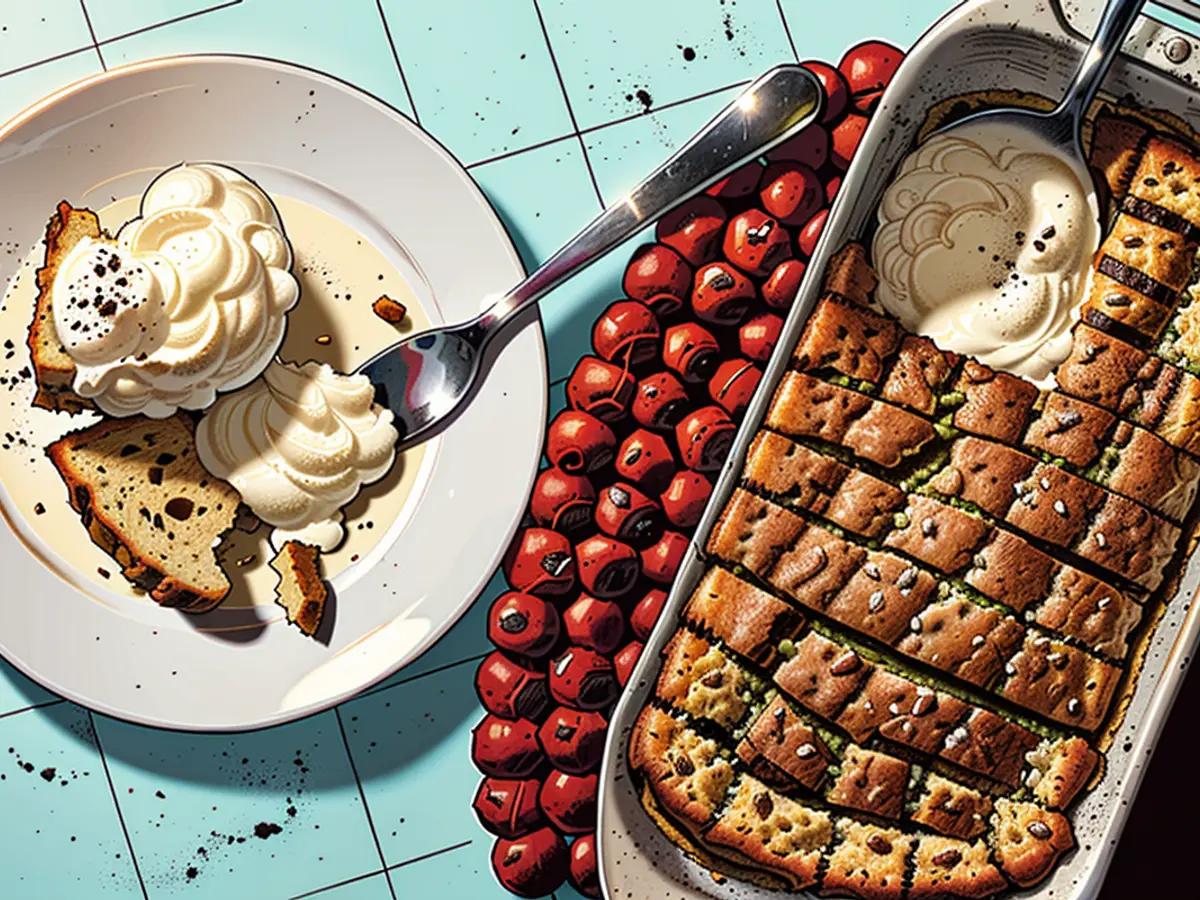Create Homemade Ice Packs Using Dish Sponge
I have a single, abandoned blue ice pack in my freezer, which got me thinking: what can I do with this lone ice pack when the next time I'm hanging out with my pals at the park? So, on a whim, I hit the internet to explore various options if I could create more ice packs with limited time at my disposal.
Well, I chanced upon the perfect solution - dish sponges!
I pondered freezing a large container of water, transforming it into a giant ice cube or a plethora of water bottles to eventually melt and create a thirst-quenching refreshment, but I was short on time and walking a decent distance to the park. I required a light solution.
The Magic of Sponges as DIY Ice Packs
Sponges are affordably priced, allowing the purchase of several. They're compact, retaining most of the water even when they warm and ideal for confined spaces, like lunchboxes. They're feather-light and multi-functional. So, if I'm an intermittent cooler user like yourself, you can return home, expel the water from the sponges, and use them for cleaning dishes. Bingo! Freezer space saved too. Plus, if there's a mishap at the picnic, you're a hero!
Creating Sponge Ice Packs

Credit: Allie Chanthorn Reinmann
First, ensure the sponges are squeaky clean. New ones work best as you'd rather use new sponges for this purpose than the other way around. It just makes sense.
Soak each sponge under running water until fully saturated.
Once soaked, squeeze the sponge gently, maintaining its maximum capacity while minimizing water loss. If you hold the sponge by one end, expect to see a steady drip of water from the bottom. This is perfect!
Next, shove each soggy sponge into a plastic bag like Ziploc, expel any trapped air, and seal the container. Then, transfer it to your freezer for about two hours, or until solid as a rock. Create as many ice sponge packs as required.
Store them in the same plastic bags, and place them among your cool drinks and snacks for a chilly treat. These sponge ice packs are magnificent for maintaining food and drinks at low temperatures in conjunction with a thermal-lined lunch box or cooler bag. Just be sure that the items you wish to maintain at low temperatures are already frigidly cold prior to packing them. We enjoyed a pleasant, lengthy four hours at the park in a blistering 80°F (26.7°C) environment, and the cooling bag remained refreshingly chilly upon closure.

Credit: Allie Chanthorn Reinmann
Read also:
After creating my DIY ice packs using dish sponges, I decided to prepare a lunch for my friends with some cold food-drink items. The sponge ice packs not only kept my sandwiches and drinks chilled but also proved to be a great DIY solution when my regular ice pack ran out.
Since the dish sponges are compact and lightweight, I was able to pack plenty of them in my cooler bag. They effortlessly replaced the need for bulky bags of ice, saving me space and allowing me to bring along more food and drinks for my friends.








